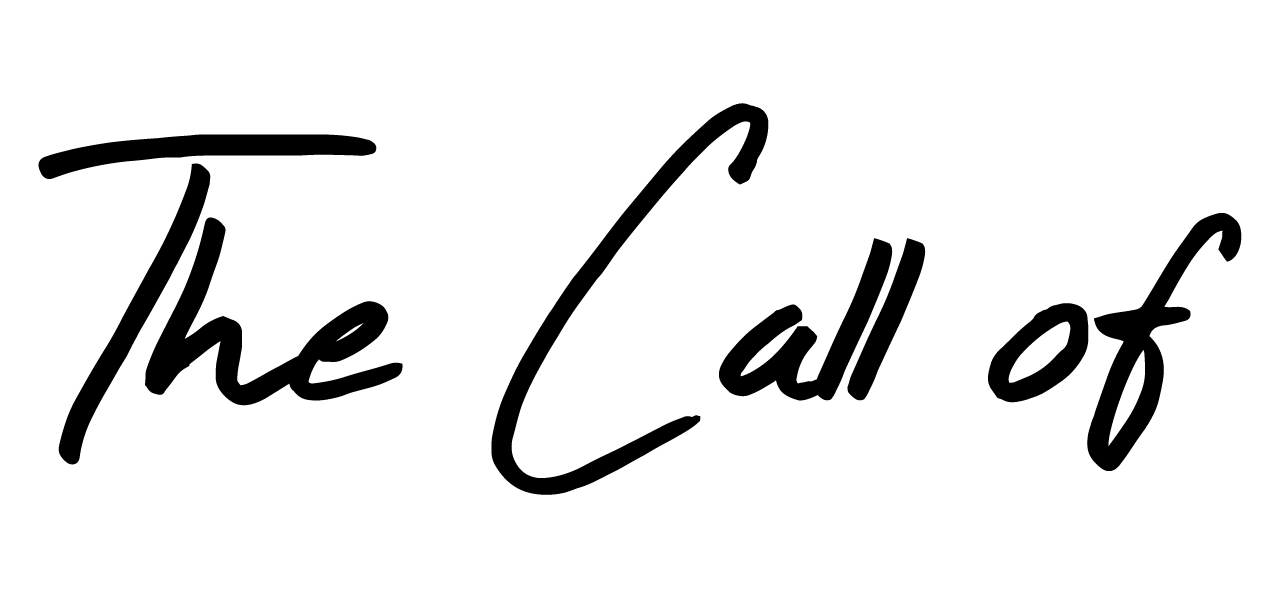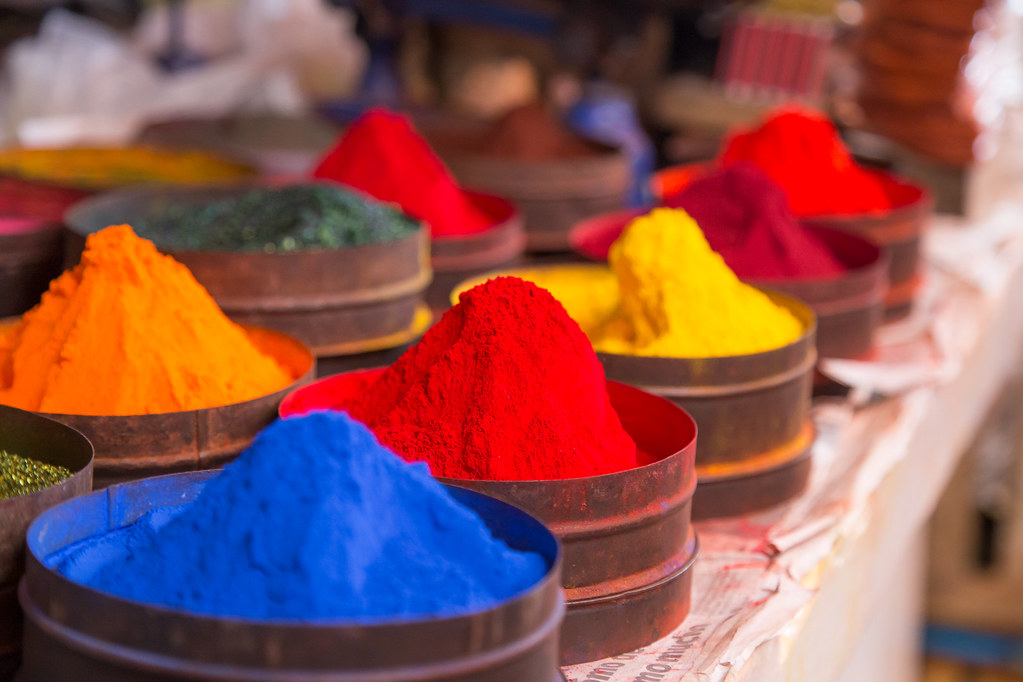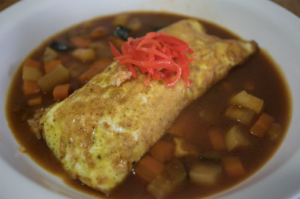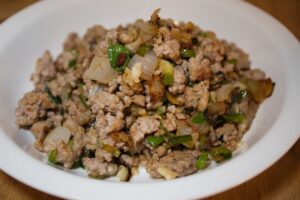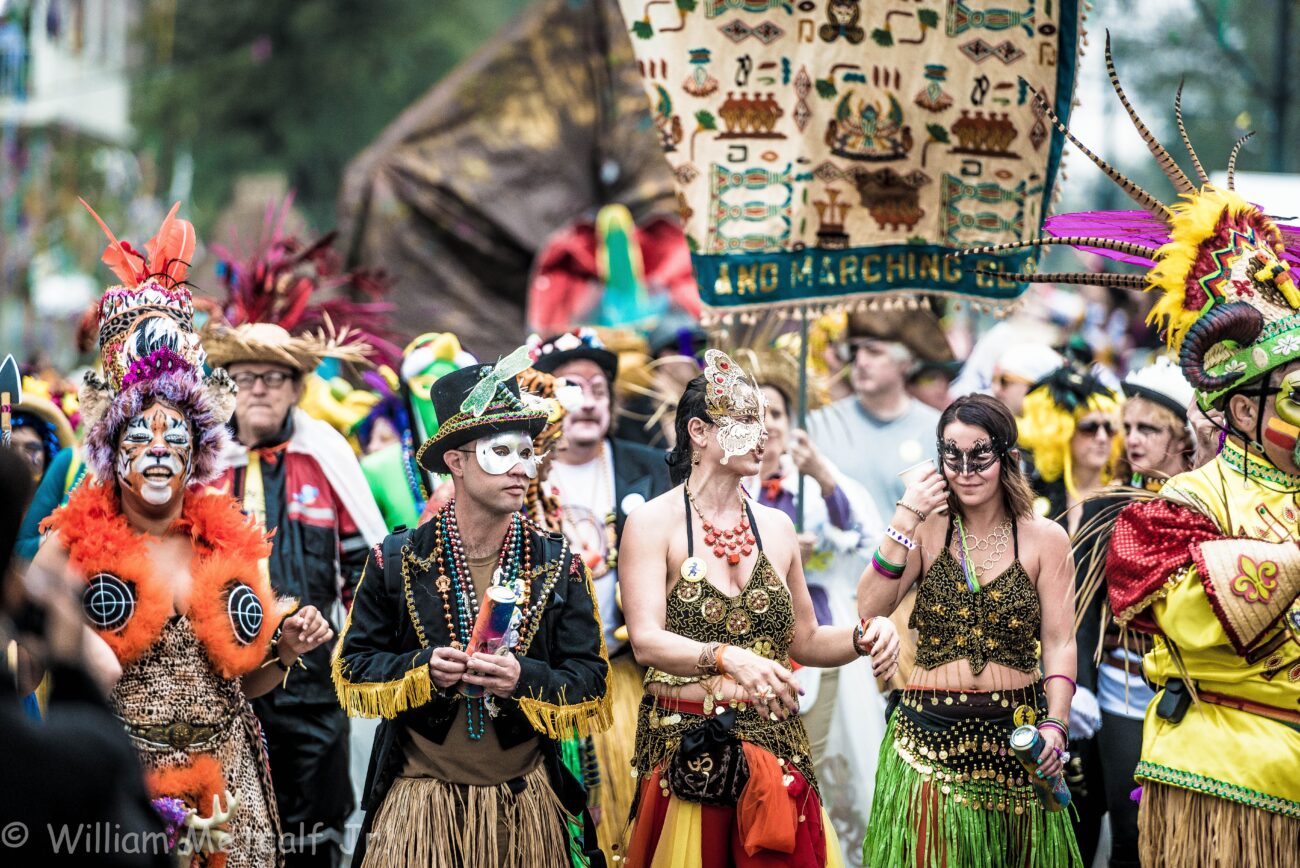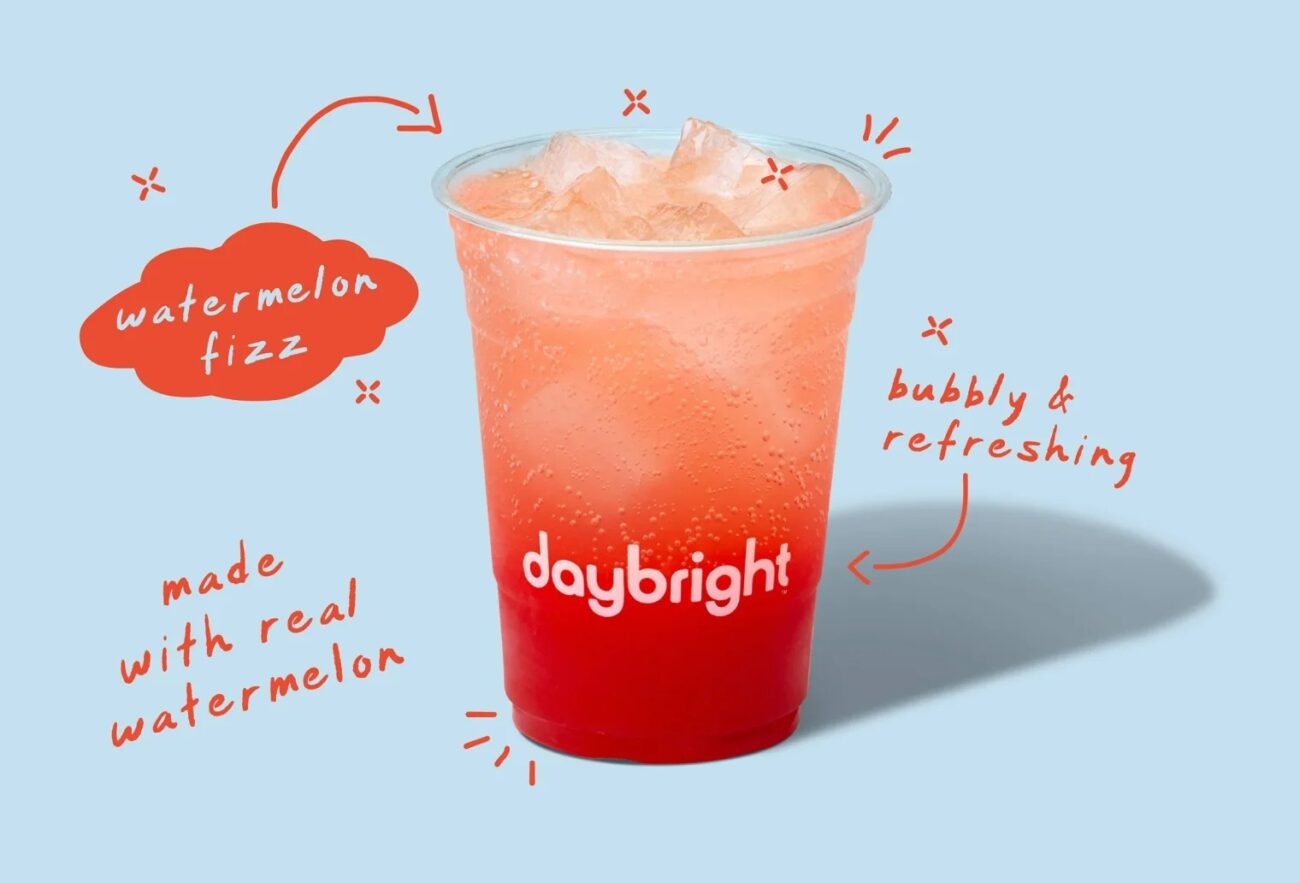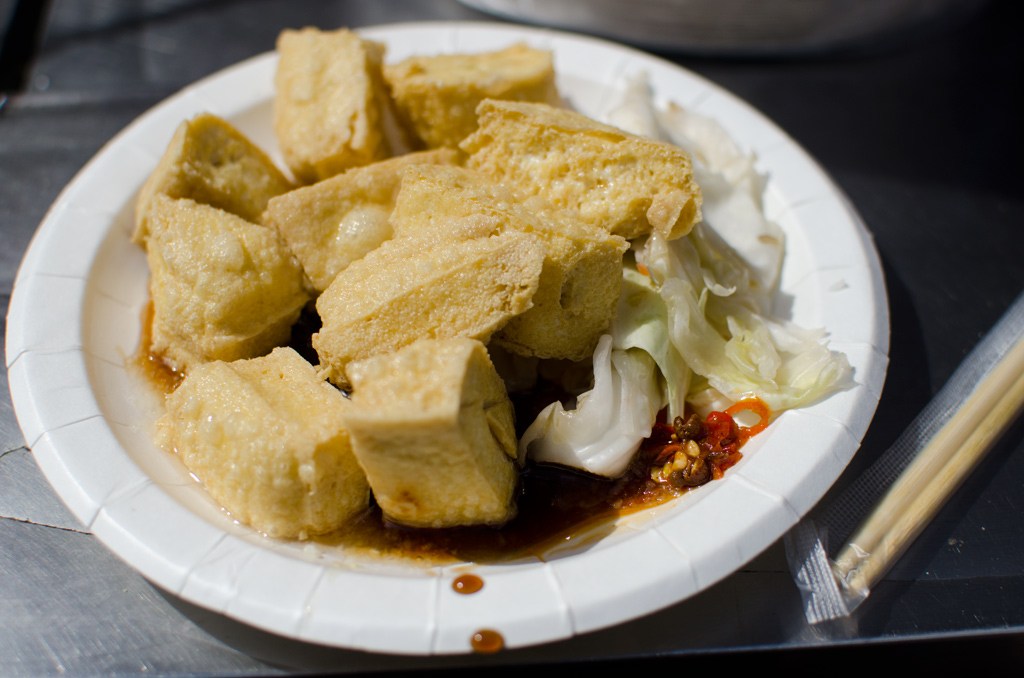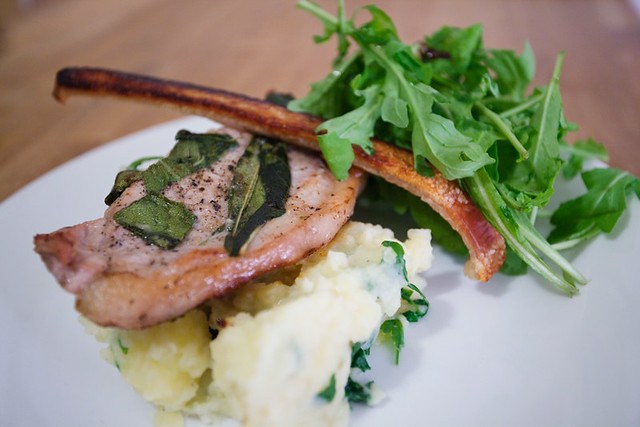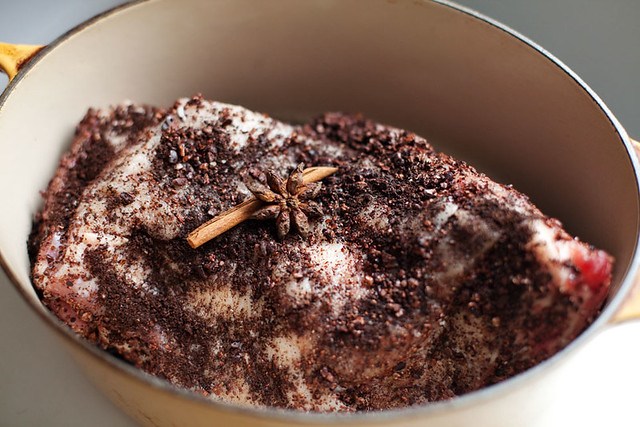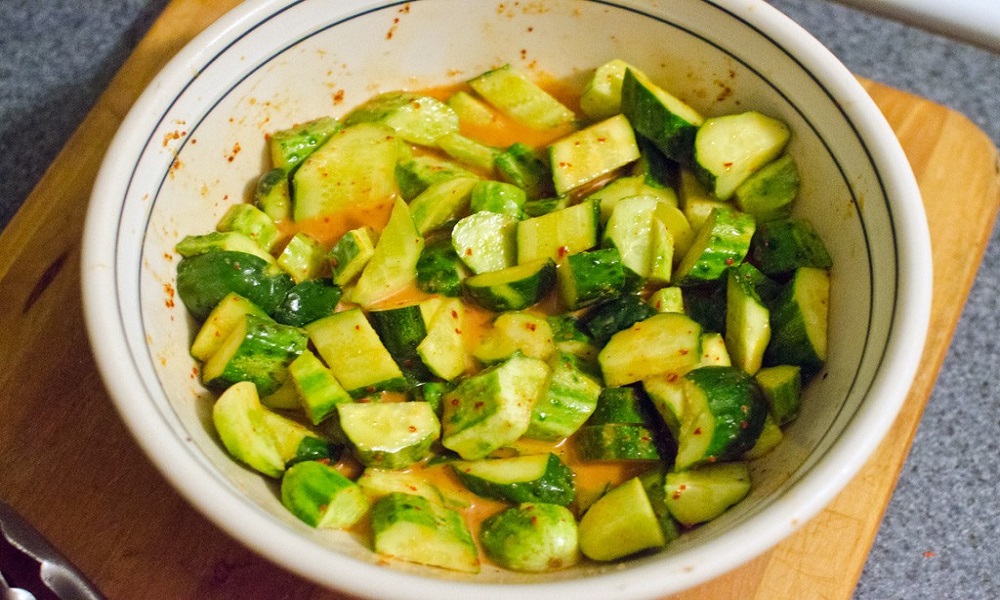Fluorescent aisles whisper their chemical secrets through technicolor packaging that would make a carnival jealous. Nearly one in five packaged foods and beverages across America contains synthetic dyes—petroleum-based chemicals that serve no purpose beyond making products more visually appealing. According to new research on synthetic dyes in US foods, these additives are particularly prevalent in products marketed to children. These rainbow hues, engineered in laboratories rather than grown in gardens, create edible theater for the grocery store stage.
Childhood memories are painted in artificial colors—the electric blue of slushies, the impossible green of birthday cake frosting. Products with synthetic dyes contain 141% more sugar than those without, creating a dual assault that would make European food regulators reach for their smelling salts. Studies link these petroleum-derived additives to hyperactivity and attention problems in children, with research on the health effects of food dyes revealing evidence of neurobehavioral and allergenic effects. This suggests our rainbow-bright food culture might be writing checks our kids’ nervous systems can’t cash.
Red 40 lurks in thousands of products like an overeager party crasher—from Gatorade to Froot Loops, ice cream to pink lemonade mixes. Blue 1 brightens M&Ms and Skittles with the enthusiasm of a toddler with finger paints, while Green 3 even appears in mouthwash, creating an almost inescapable web of synthetic coloring.
“For the last 50 years, American children have increasingly been living in a toxic soup of synthetic chemicals,” notes FDA Commissioner Dr. Marty Makary, capturing the generational shift toward chemically enhanced foods.
April 2025 marked a regulatory awakening when the FDA announced plans for the voluntary elimination of six common synthetic dyes by 2026, as detailed in the recent FDA phase-out announcement. Yet critics remain skeptical, noting that voluntary agreements have historically proven as reliable as a chocolate teapot. Consumer advocacy groups warn that food companies have previously reneged on similar promises, leaving parents to play ingredient detective in grocery store aisles.
States aren’t waiting for federal bureaucracy to catch up. California, West Virginia, Arizona, and Virginia have enacted bans on synthetic dyes in school foods, with over 15 other states considering similar legislation. The West Virginia dye ban is a notable example, targeting seven synthetic dyes and two preservatives and setting a new precedent for other states. This patchwork approach highlights a growing cultural shift toward food authenticity that mirrors the farm-to-table movement’s rebellion against industrial agriculture.
“The most important thing to know about food dyes is that their only purpose is to make food companies money,” states Dr. Peter Lurie from the Center for Science in the Public Interest, cutting through industry claims about safety and necessity.
Butterfly pea flower extract and gardenia blue represent the future as the FDA fast-tracks natural colorants while suggesting companies use watermelon juice and beet juice for coloring. Recent approvals for natural food color additives reflect growing consumer demand for transparent, healthier options in the food supply. This transition could finally align American food standards with European counterparts who’ve long viewed our neon grocery aisles with concern.
Until comprehensive bans take effect, consumers hold the power to drive change through informed choices, transforming every grocery trip into a quiet revolution.

